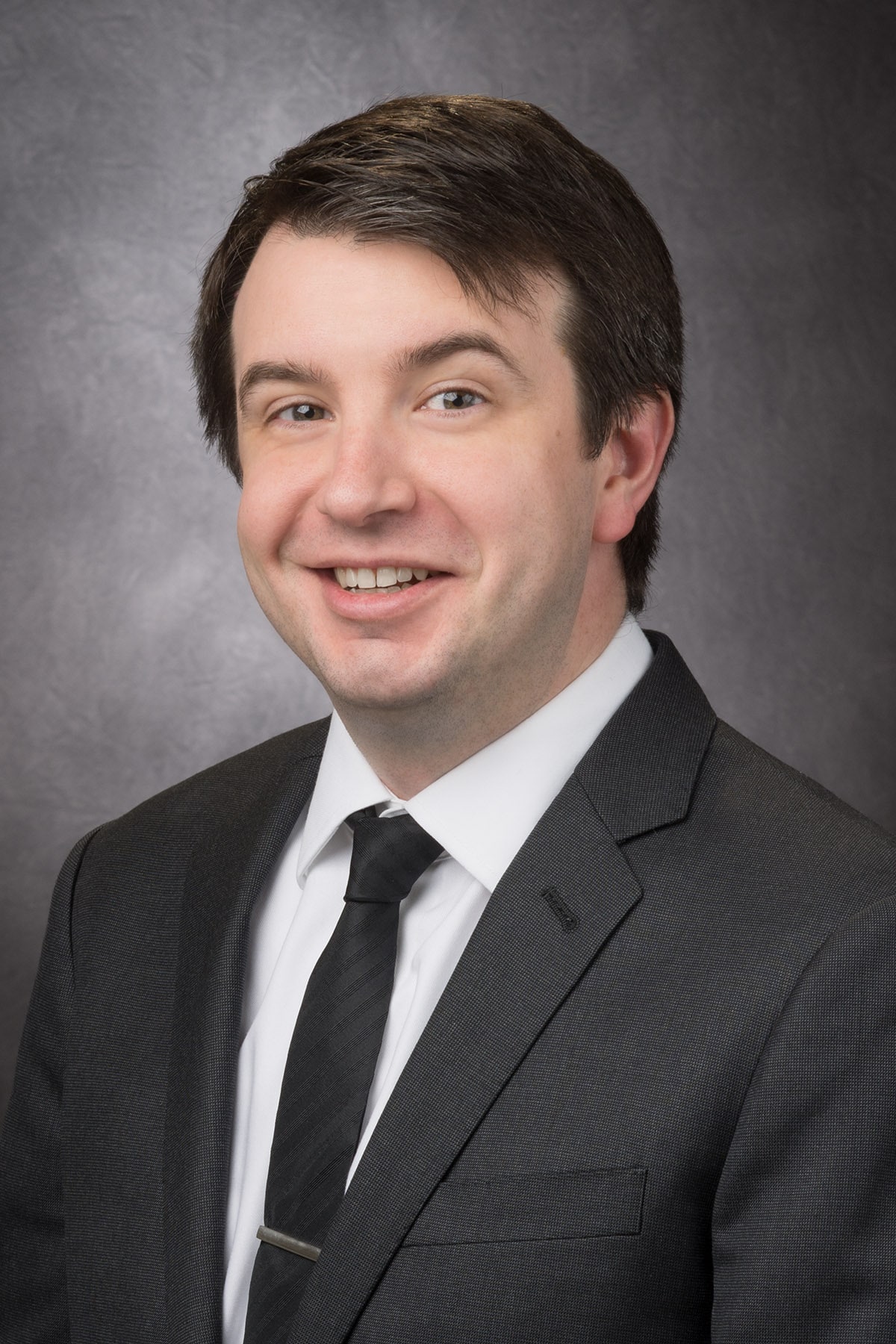Project title: Defining Distinct Subtypes of NECs to Predict Therapeutic Vulnerabilities
Carl Gay, MD, PhD University of Texas MD Anderson Cancer Center

- Status: Completed
- Year(s): 2021
- Grant Type: Martha O’Donnell Pagel Pilot Research Award
Description
Gay is conducting a small clinical trial on extrapulmonary neuroendocrine small cell cancer and will initiate cell model and genetic analysis studies on these extremely rare tumors.
What question will the researchers try to answer?
Our current understanding, or lack thereof, of extrapulmonary small cell carcinomas is limited by the lack of available resources on which to perform profiling and to test novel therapeutics. Dr. Gay and his team hope to develop new platforms derived from these rare tumor samples to characterize and use to test hypotheses for more effective treatment strategies.
Why is this important?
This work represents a critical initial step toward establish extrapulmonary small cell carcinomas – not as an umbrella term describing a host of rare diseases, but as a unified disease type worthy of translational and clinical focus.
What will researchers do?
They have ongoing clinical trials focused specifically on this rare patient population and, with the gracious participation of these patients, they will collect blood and tissue samples from each of them that will be banked or used to generate cell or mouse models. These banked samples will be subjected to analysis of their DNA, RNA, and/or protein landscapes. All of the results of these analyses, as well as the models generated, will be shared with the NET research community.
How might this improve the treatment of NETs?
Extrapulmonary small cell carcinomas are extremely aggressive and lack any standard of care. This project will form the groundwork for future trials aimed specifically at this underserved population.
What is the next step?
Once models are established and data is generated representing the molecular landscape of these tumors, rational therapeutic strategies can be proposed and, for the first time, be tested directly in optimized models of this disease.
Outcomes:
We initially proposed two aims to address glaring deficiencies in the field of extrapulmonary high-grade neuroendocrine carcinomas (epNECs): (1) a lack of human tumor models and (2) a lack of human tumor samples and molecular (e.g. DNA, RNA) data.
Historically, there was no unified effort with respect to epNEC patients. Those with head/neck NECs were seen in head/neck medical oncology, those with gastrointestinal NECs were seen in gastrointestinal medical oncology, those with cervical NECs in gynecologic oncology, etc. Over the course of the past 24 months, we have installed a workflow to ensure that patients with epNECs are identified at the time of their first visit to MD Anderson Cancer Center, initially as a side effort by the two key personnel on the grant but with such success that there is now a departmental workflow modeled on our initial approach that includes a staff member responsible for identifying epNEC patients prior to their first visit and at each subsequent visit. While these patients are very rare, many find their way to academic cancer centers like ours and the support of NETRF has expanded our ability to serve these patients and this disease immensely.
As a result of this workflow, throughout the course of the grant, we have collected nearly 100 precious samples including additional tissue and blood (containing circulating tumor DNA) from more than 50 patients with epNEC. Even more exciting, we have generated mouse models – in essence, replicates of the human tumor that can be grown renewably and shared forever using a mouse host – from nine of these patients. Successful models have been generated from such rare tumors sites for small cell/high-grade neuroendocrine carcinoma as the cervix, the head/neck, and the skin (Merkel cell carcinoma). In addition, we have generated several tumor cell lines – again, models that can be grown and shared forever – from these tumors. We have already shared these with other investigators that were desperately seeking models in which to test hypotheses and novel therapies but lacked any human tumor resources on which these could be tested. In many cases, these appear to be the first ever models of their kind established for several of these rare diagnoses.
Over the latter portion of the grant, we have inventoried our samples (tumor, blood, mouse models, and cell lines) and extracted DNA and RNA from each sample, which was then submitted for analysis. This allows for an unprecedented characterization and classification of these tumors and reveals that despite their disparate origins throughout the body, they are more similar than different at the DNA and RNA level. This is a critical conclusion because while each of these individual tumors/sites of origin may be too rare to interest pharmaceutical companies for drug development, the demonstration that the therapeutic targets are mostly shared across these diseases has led to markedly increased interest in trials called “basket studies”, in which a company will allow any patient with any epNEC to enroll. Over the course of the grant, we have now seen four such studies open at our institution thanks largely to the conclusions drawn from this funded work.
Together, this funding has changed the way that we approach these patients both in the laboratory, but also in the clinic, and promises to provide opportunities for both researchers and patients in the days to come.
Additional Details
- City: Houston
- State: Texas
- Country: USA
- Grant Duration: 1 year
- Sponsor: Martha O’Donnell Pagel Fund for Research of Rare Cancers
DISCLAIMER
NETRF funds laboratory research to understand the development of neuroendocrine tumors and translational research to explore new concepts in treatment. Research grant descriptions and research updates from NETRF are not intended to serve as medical advice. It can take years for research discoveries to be fully validated and approved for patient care. Always consult your health care providers about your treatment options.
